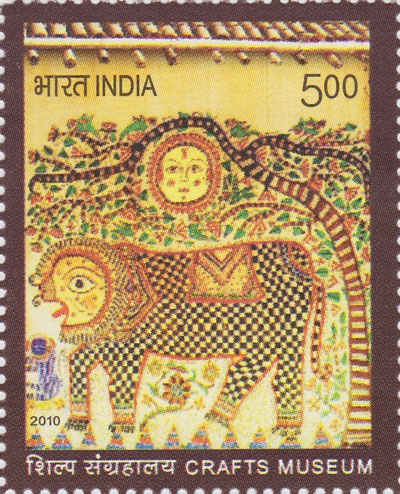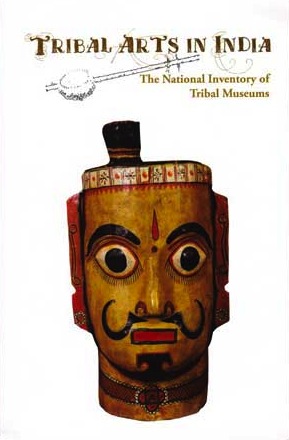Villagers at Sawra have decided to revive their traditional dances in an effort to preserve and showcase their rich culture. Satpuda Foundation (a wildlife conservation NGO working in central India) is encouraging this and other community initiatives. It is hoped that tourists going to Pench National Park will also visit local villages to understand the tribal traditions of the area.
The video shows one of the dancers’ practice sessions at the village school.
Source: YouTube – Gond tribal dancers near Pench National Park
Date Visited: 14 July 2020
Times of India, 26 November 2016
Tiger population in Pench reserve risen to 53: SFRI report | Read the full report here >>
SEONI: T he number of tigers in the Pench Tiger Reserve here has gone up to 53, according to the latest figures provided by the State Forest Research Institute (SFRI).
The SFRI has recently informed about the rise in tiger population to the authorities of Pench Tiger Reserve. […]
Pench national park, known as home to ‘Mowgli’, a fictional character and protagonist in English writer Rudyard Kipling’s ‘The Jungle Book’. […]
The report also studies incidents of human interference in the reserve area and found that it was at negligible level, he added. […]
The SFRI also released the figures of herbivores in the reserve, which shows that the number of spotted deer, blue bull, sambar (large deer), wild boars, monkeys and bison, too, has increased manifold.
The reserve is spread in 1,179-square km of area, which includes both core and buffer zones, the director said
Source: Tiger population in Pench reserve risen to 53: SFRI report
URL: https://timesofindia.indiatimes.com/home/environment/Tiger-population-in-Pench-reserve-risen-to-53-per-cent-SFRI-report/articleshow/55638763.cms
Date visited: 12 July 2019

wildlife tourism and conservation policies >>
When your neighbour is a tiger | People’s Archive of Rural India
People living near or within the forest in the Bandipur National Park and the Sundarbans revere as well as fear the tiger. Their proximity to tigers, leopards, crocodiles and other big animals often causes violent confrontations, but it has also inspired myths and conservation. Here are PARI’s tales from tiger territory >>
EQUATIONS envisions a just and equitable world, where all people have the freedom and the right to determine their lives and future. | Learn more on the Equations website | Equations blog >>
We envision forms of tourism which are non-exploitative, where decision making is democratised, and access to and benefits of tourism are equitably distributed. EQUATIONS believes in the capacity of individuals and communities to actualise their potential for the well-being of society. We work toward justice, equity, people centred and movement centred activism, democratisation and dialogue.
Everyday we hear that tourism brings economic development, it creates jobs and revenues. But who really benefits from it? The local community, the village elite, or the owner?
There’s been an exponential increase in tourism in India over the last several decades, fueled by the growing economy and disposable incomes. The tourism industry in India has expanded wildly in an unregulated fashion with no regard for environmental, social and cultural impacts.

Tribal Arts in India | Worldcat.org >>
Free eBooks & Magazine by Bhasha Research and Publication Centre: Adivasi literature and languages >>
See also